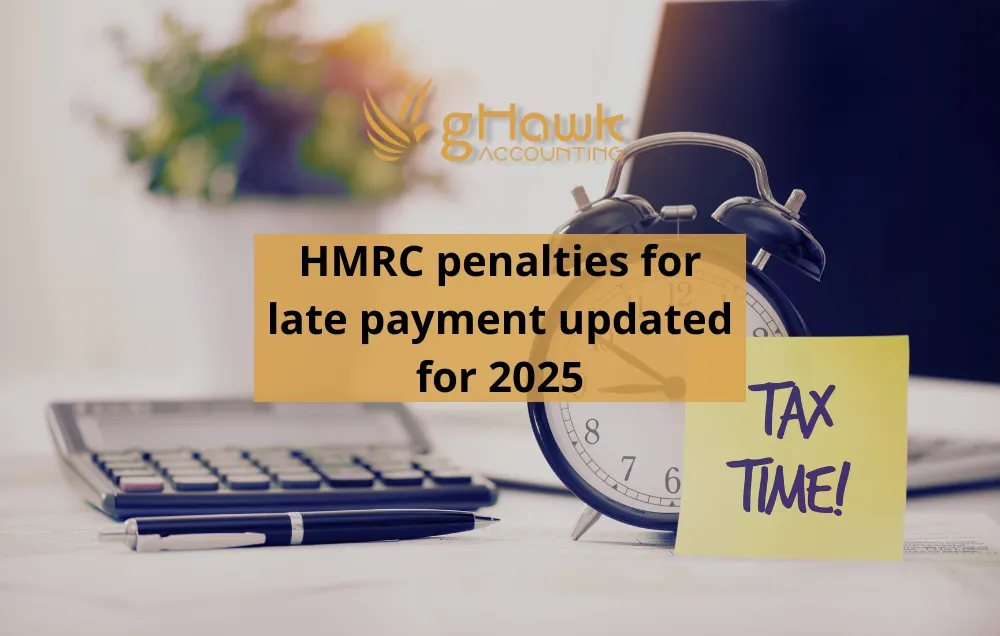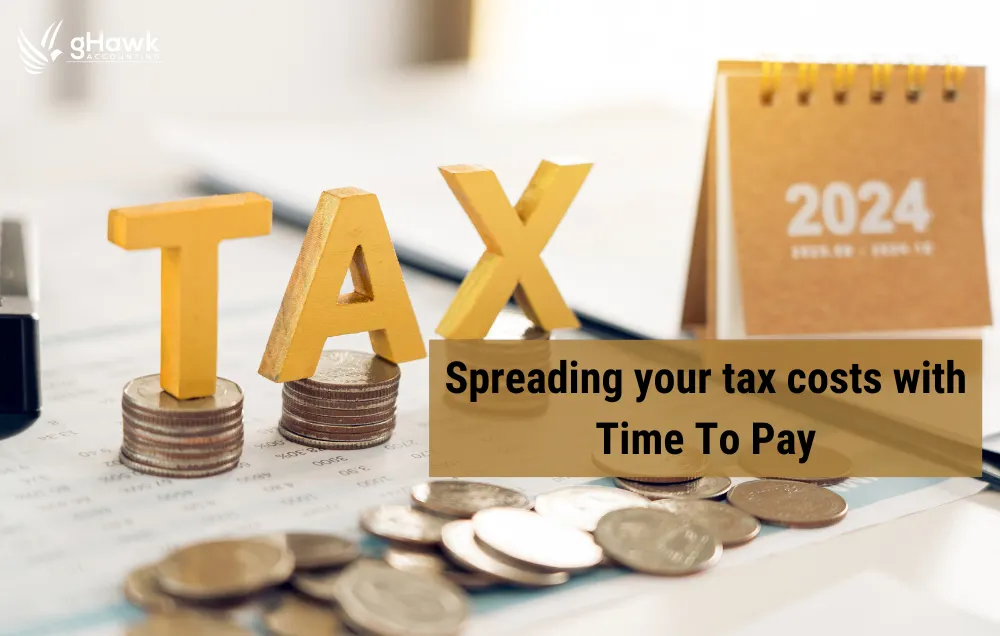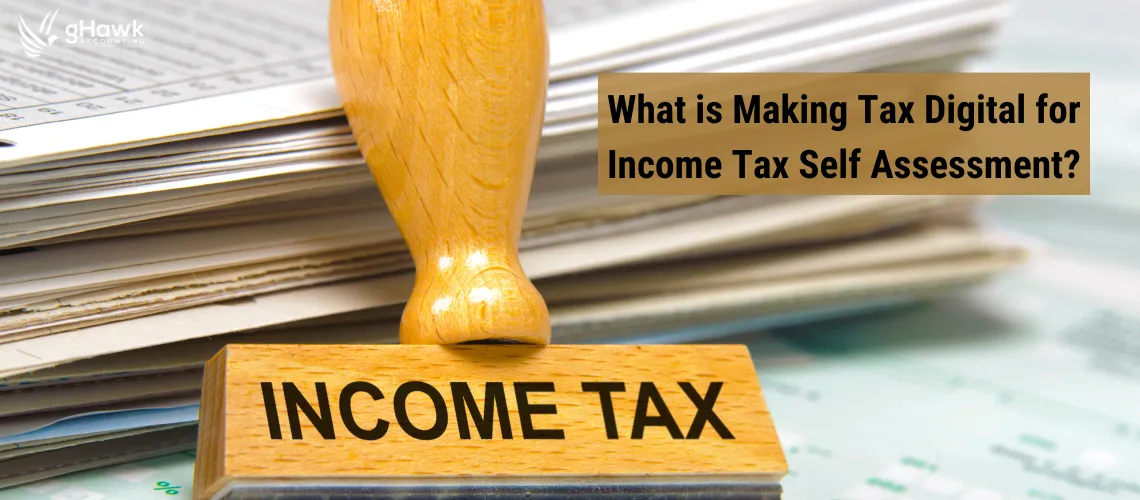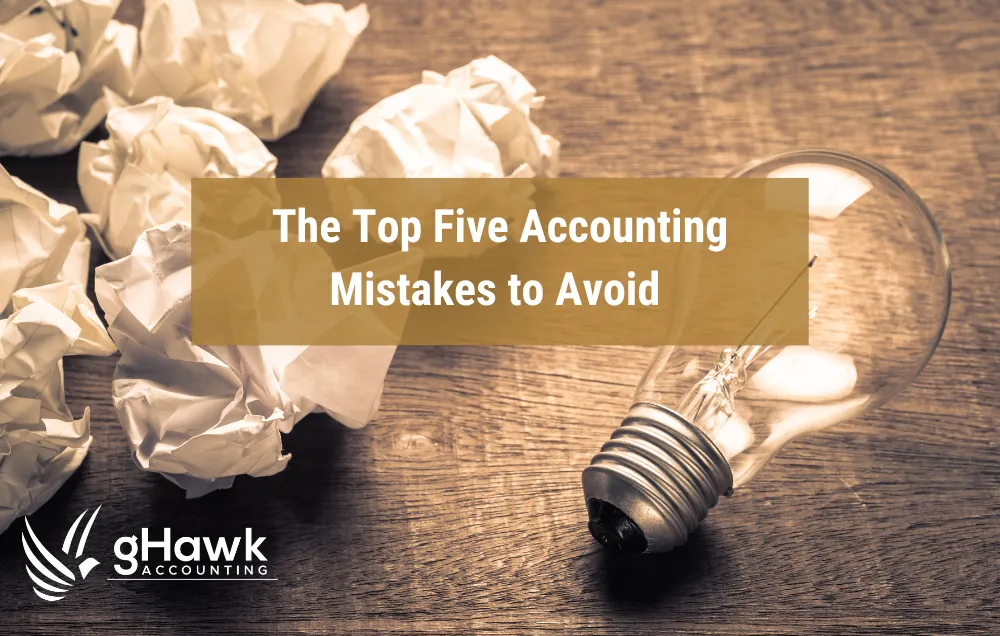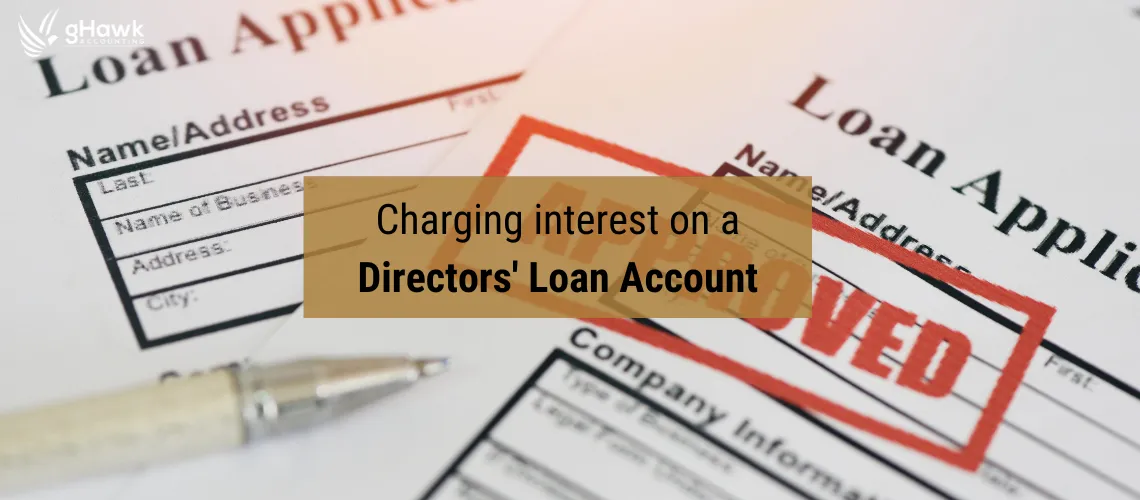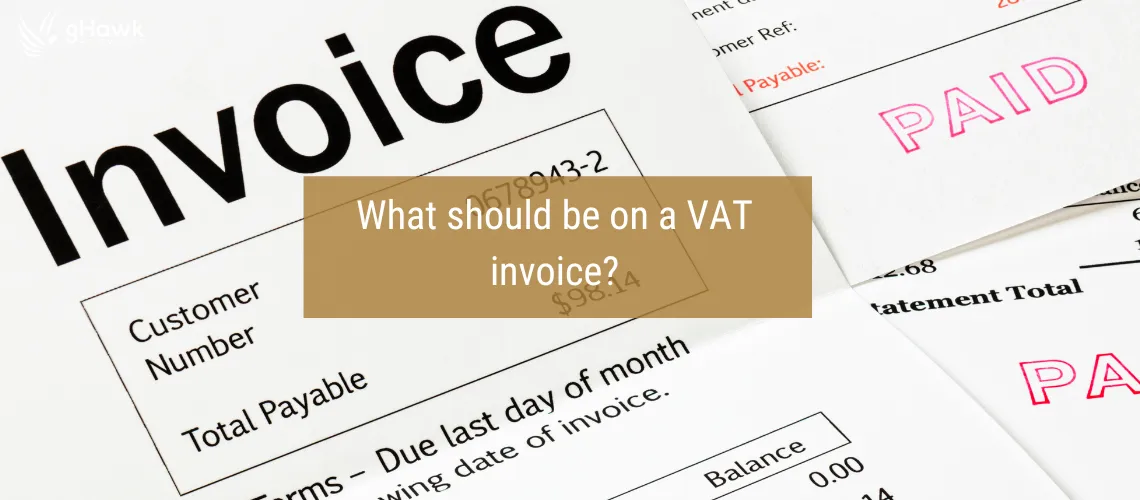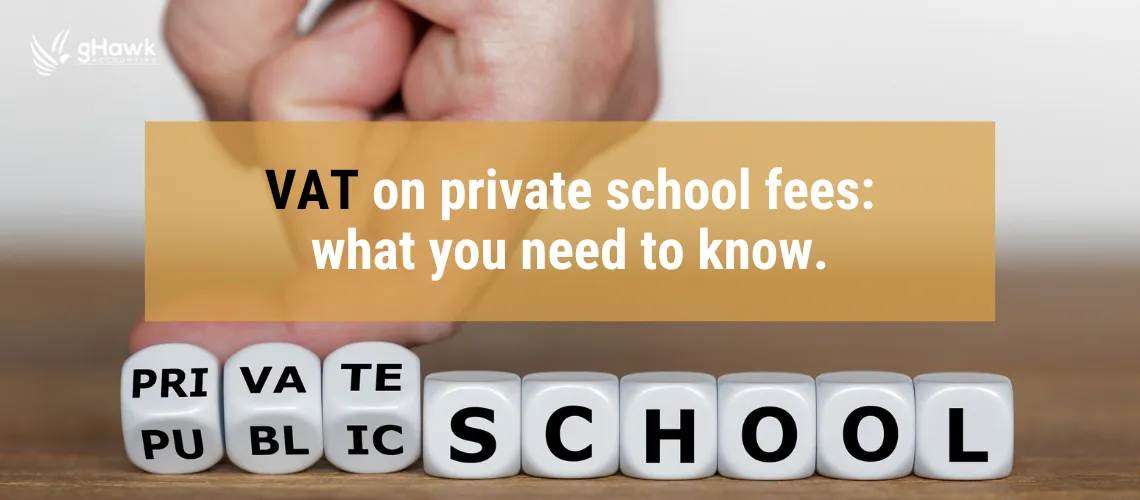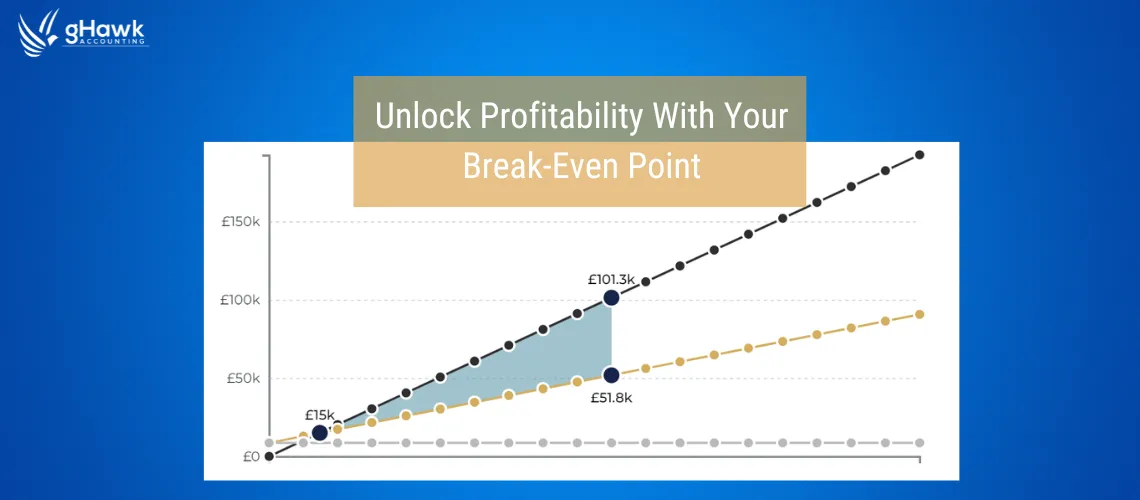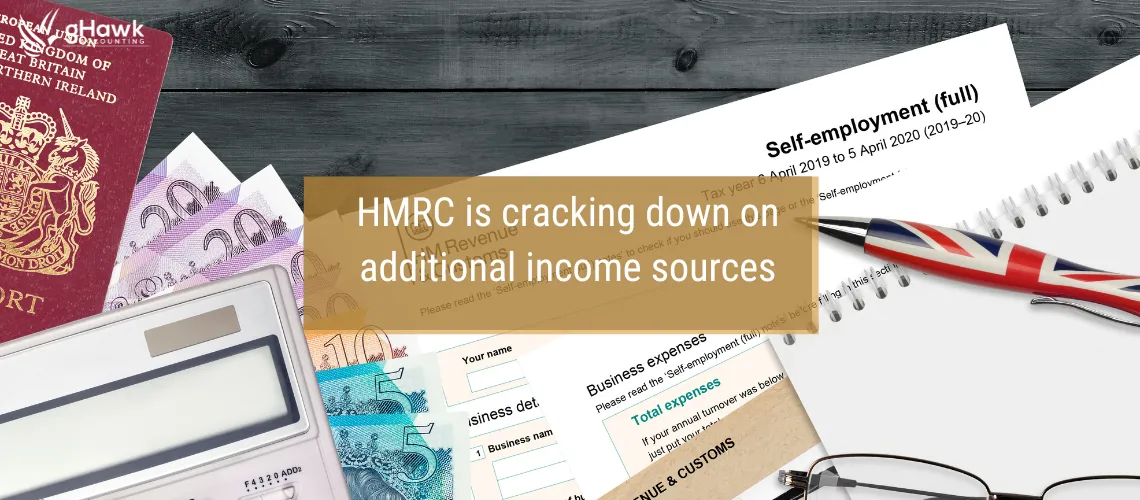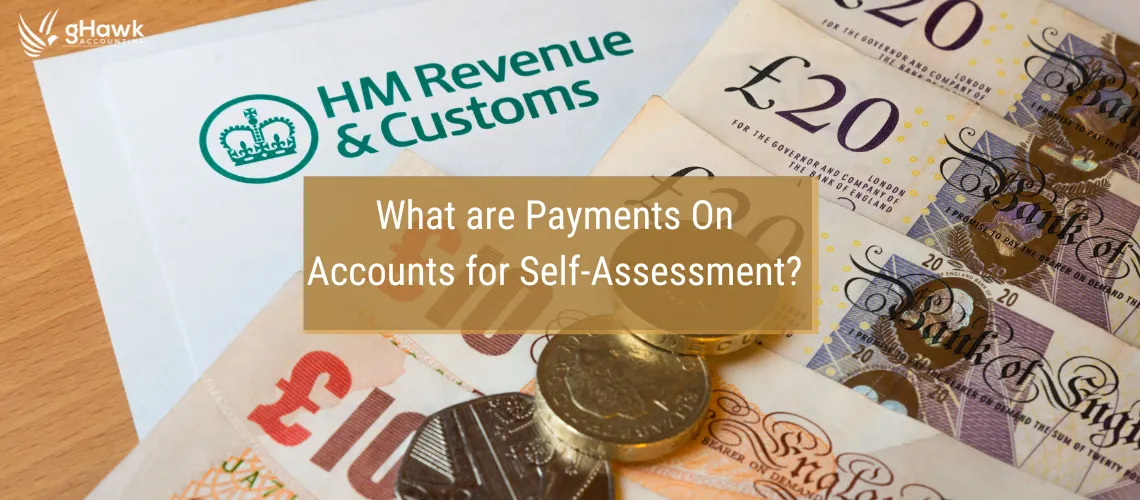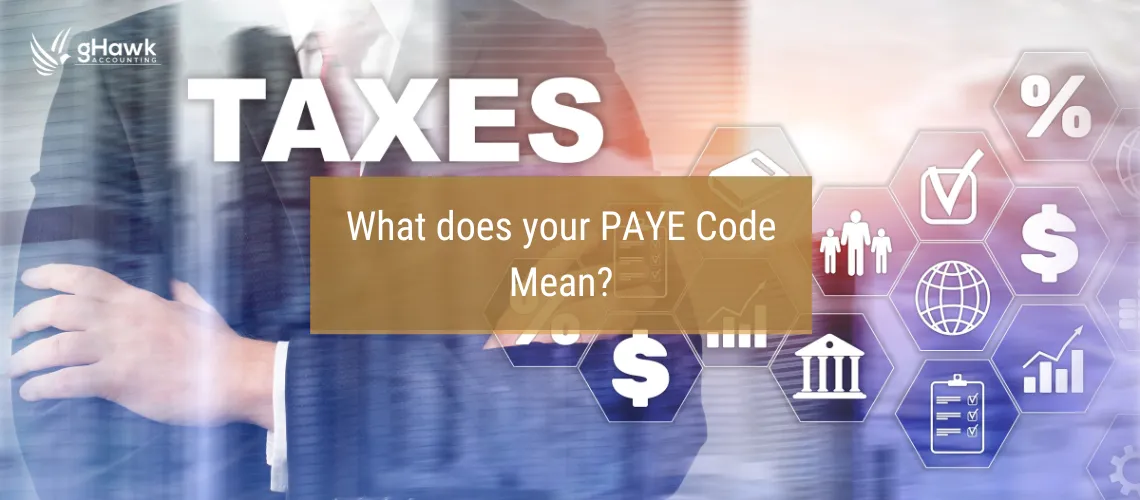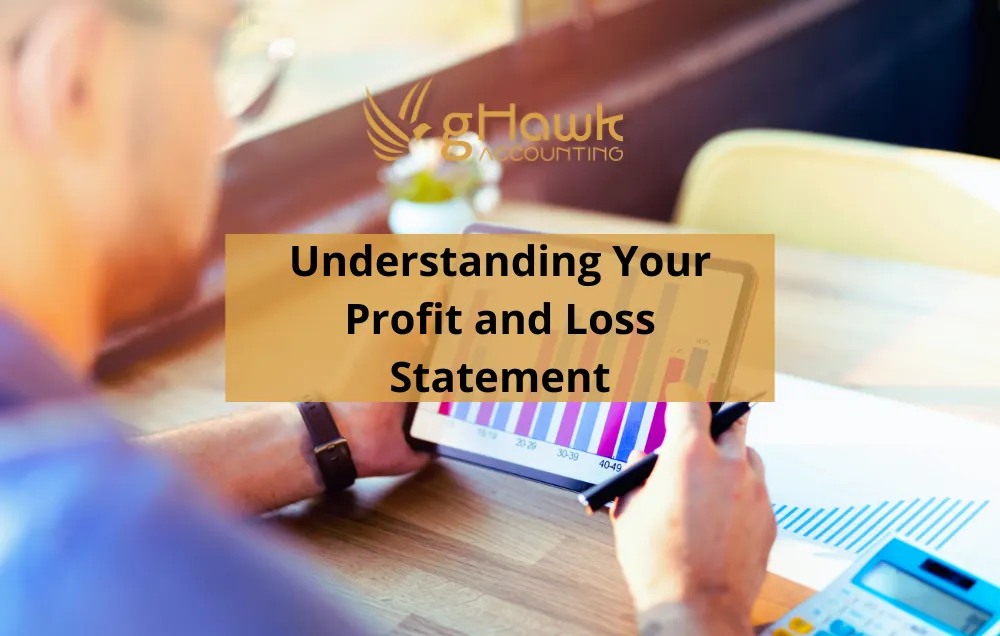Optimum Salary for Company Directors in 2025-2026

As a director of a UK limited company, ensuring you pay yourself in the most tax-efficient way is essential. The 2025/26 tax year introduces changes that affect National Insurance Contributions (NICs) and Employment Allowance, which could impact your take-home pay. Understanding these updates will help you minimise tax liabilities and maximise your income. Let’s break it down.
Key Changes from April 2025
- Employer’s NIC Rate Increase: The rate will rise from 13.8% to 15%.
- Secondary Threshold Reduction: The threshold for paying Employer’s NIC will drop from £9,100 to £5,000.
- Employment Allowance Increase: The allowance, which offsets Employer’s NIC for eligible businesses, will increase from £5,000 to £10,500.
Our Recommended Salary Strategies for Company Directors
Option 1: £12,570 per Year (£1,047.50 per Month) – The Most Tax-Efficient Option
✅ Pros:
- Fully utilises the Personal Allowance, meaning no Income Tax on salary.
- Ensures eligibility for state benefits, including State Pension credits.
- Qualifies as a deductible business expense, reducing Corporation Tax.
- Simplifies payroll processing, as it aligns with the tax-free allowance threshold.
❌ Cons:
- Triggers Employer’s NIC of approximately £1,135.50 per year. However, this may be offset if eligible for the Employment Allowance.
- Higher NIC liability if the Employment Allowance is unavailable.
🔹 Who is this best for: Directors with multiple employees or other directors, as they may qualify for the Employment Allowance, which can reduce Employer’s NIC costs.
Option 2: £6,500 per Year (£541.66 per Month) – A Low-Tax Alternative
✅ Pros:
- Meets the Lower Earnings Limit, keeping State Pension eligibility.
- Minimises NIC obligations.
- Provides greater flexibility for directors who rely more on dividends for income.
❌ Cons:
- Does not fully utilise the Personal Allowance, meaning missed tax savings.
- Still incurs a small Employer’s NIC charge of approximately £225 per year.
- Could result in lower mortgage affordability assessments, as salary is lower.
🔹 Who is this best for: Sole directors without employees who want to keep salary-related NIC liabilities as low as possible.
What If You Are a Sole Director?
Even if you do not qualify for the Employment Allowance, a £12,570 salary is still often the best option. While Employer’s NIC applies, the Corporation Tax savings and full Personal Allowance utilisation often outweigh the NIC costs, making it more tax-efficient in most cases.
Salary vs. Dividends: Finding the Right Balance
Once your salary is set, dividends can be used to top up your income tax-efficiently.
Why?
- No NICs on dividends, unlike salary.
- The first £500 of dividends is tax-free.
- Dividends up to £50,270 in total income are taxed at 8.75%, which is much lower than salary tax rates.
Conclusion: What Is the Best Director’s Salary for 2025/26?
For most directors, a salary of £12,570 remains the most tax-efficient choice, even if Employer’s NIC applies. It allows you to:
✔ Use your full tax-free Personal Allowance
✔ Reduce Corporation Tax
✔ Stay eligible for state benefits
✔Simplifies payroll processing, as it aligns with the tax-free allowance threshold.
If you are unsure about the best approach for your specific situation, speak to a tax professional.
At gHawk Accounting, we can help tailor your salary and dividend strategy to ensure maximum efficiency.
📞 Contact us today for personalised tax advice.

